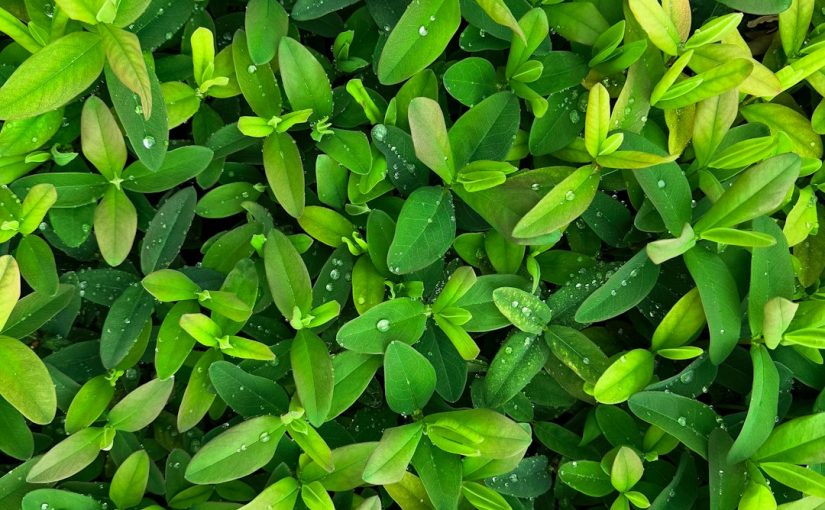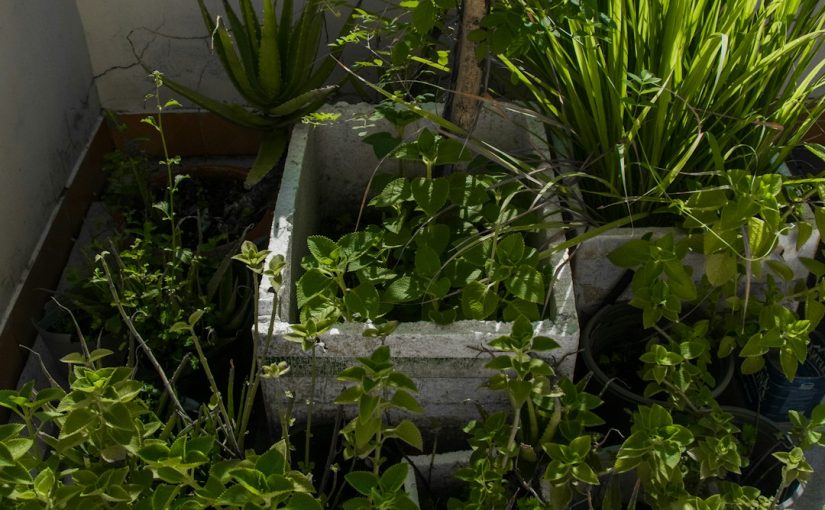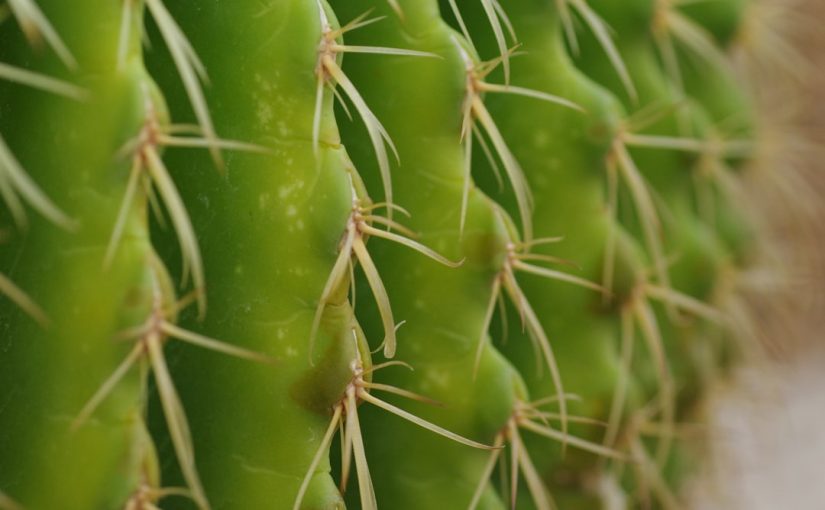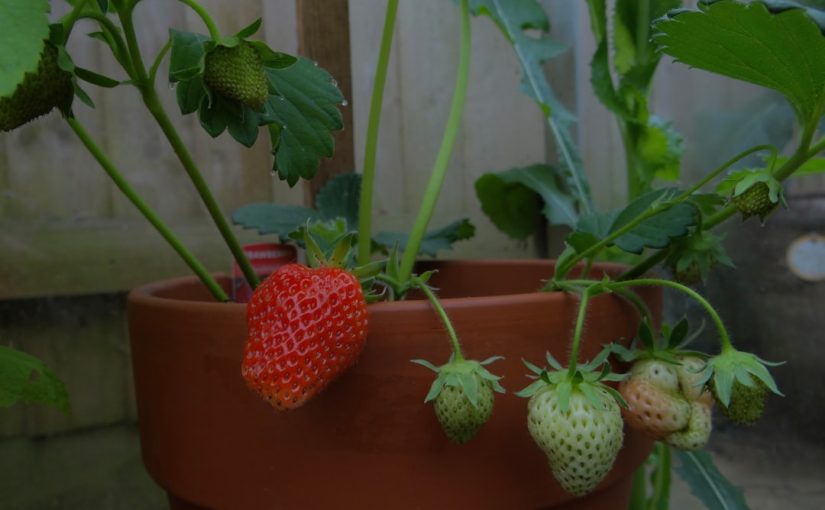The wax myrtle, scientifically known as Myrica cerifera or Morella cerifera, is a beloved native shrub or small tree cherished for its evergreen foliage, aromatic leaves, and adaptability. Often chosen for its hardiness and low maintenance, even the most resilient plants benefit from proper nutrition to thrive, particularly in less than ideal soil conditions. While these versatile plants are not heavy feeders, understanding their specific nutritional requirements and how to best supplement them can significantly enhance their health, vigor, and aesthetic appeal. This article will delve into the science behind fertilizing wax myrtles, guiding you through the selection of the best fertilizer and best practices for its application to ensure your plants flourish.… Read the rest
Do You Prune Milkweed? A Simple Guide
For many gardeners and conservationists, milkweed (Asclepias species) is a cornerstone plant, vital for the survival of monarch butterflies. Its lush foliage provides food for monarch caterpillars, and its nectar-rich flowers feed adult butterflies and other pollinators. Given its crucial role, the question of “do you prune milkweed?” often arises, leading to a mix of uncertainty and concern. While it might seem counterintuitive to cut back a plant so essential, strategic pruning can actually enhance milkweed’s health, prolong its blooming period, and even support monarch populations more effectively. This guide will delve into the nuances of milkweed pruning, exploring the reasons, timing, and proper techniques to ensure you’re fostering a thriving habitat for these beloved insects.… Read the rest
Weed Killer That Won’t Harm Blue Rug Juniper
Maintaining a pristine landscape requires constant vigilance against unwanted weeds, especially when dealing with delicate groundcovers. The Blue Rug Juniper, a popular, low-growing evergreen, is cherished for its attractive blue-green foliage and ability to suppress erosion. However, its dense mat of branches can also become a haven for invasive weeds, quickly diminishing its aesthetic appeal and competing for vital nutrients. The challenge lies in finding an effective weed killer that targets these undesirable plants without causing harm to your beloved junipers. This article delves into safe and selective strategies, exploring both chemical and non-chemical approaches to ensure your Blue Rug Juniper thrives, free from weed competition.… Read the rest
How to Prune a Cathedral Cactus
<p>The majestic Cathedral Cactus, often identified as species like <i>Cereus peruvianus</i> or <i>Cereus repandus</i>, is a towering columnar succulent renowned for its impressive size and architectural beauty. While these resilient desert dwellers are relatively low-maintenance, they can grow to significant heights and widths, eventually requiring careful intervention. Pruning a Cathedral Cactus isn’t just about controlling its size; it’s a vital practice for maintaining its health, encouraging robust growth, and ensuring its aesthetic appeal, especially when cultivated in a landscape or even indoors where space is a constraint. This guide will walk you through the essential steps, from understanding why and when to prune, to selecting the right tools, executing precise cuts, and providing proper aftercare, ensuring your magnificent cactus thrives for years to come.</p>… Read the rest
How to Get Rid of Mites on Petunias Organically
Petunias, with their vibrant colors and cascading blooms, are a beloved staple in many gardens and patios. Their beauty, however, can sometimes be overshadowed by tiny, unwelcome guests: mites. These microscopic pests can quickly turn lush petunia plants into sad, stippled shadows of their former selves. While the immediate impulse might be to reach for chemical pesticides, a growing number of gardeners are seeking gentler, more sustainable solutions. This article will guide you through effective organic strategies to identify, treat, and ultimately get rid of mites on your petunias, ensuring your beloved plants remain healthy and flourishing without harming beneficial insects or the environment.… Read the rest
How to Branch a Dracaena for a Fuller Plant
A leggy, sparse dracaena can feel like a contradiction to the lush, vibrant plant you envisioned for your home or office. Over time, many dracaenas, especially varieties like Dracaena fragrans (Corn Plant) or Dracaena marginata (Dragon Tree), tend to grow upwards, shedding lower leaves and developing a tall, bare stem. This natural growth habit often leaves owners wondering how to achieve that desired bushy, full appearance. The secret lies in a simple yet effective technique: branching. By understanding the plant’s natural growth mechanisms and applying a few strategic pruning steps, you can encourage your dracaena to produce multiple new shoots, transforming it into a more compact, visually appealing specimen.… Read the rest
The Best Grass Seeds for Poor Drainage
A lush, green lawn is often the pride of a homeowner, but achieving this ideal can be a constant battle, especially when faced with challenging soil conditions. Poor drainage is one of the most frustrating obstacles, turning beautiful turf into a soggy, disease-ridden mess. Standing water and waterlogged soil suffocate grass roots, leading to thinning patches, increased weed growth, and a generally unhealthy appearance. The good news is that you don’t have to give up on your dream lawn. The key lies in selecting the right grass seeds that are specifically adapted to tolerate and even thrive in less-than-ideal drainage conditions.… Read the rest
How to Stop Pill Bugs from Eating Strawberries
Constraint Checklist & Confidence Score:
1. Introduction presents topic? Yes.
2. Introduction ~120 words? Yes.
3. Conclusion ~120 words? Yes.
4. Conclusion summarizes and concludes? Yes.
5. Max 4-5 chapters? Yes, aiming for 4.
6. Chapters expanded? Yes.
7. Chapters logical sequence? Yes.
8. Chapters no repetition? Yes.
9. Chapters interconnected/fluent? Yes.
10. No “Chapter X” titles? Yes.
11. HTML formatting (bold, italics, paragraphs, lists, tables)? Yes.
12. No “`html block? Yes.
13. No markdown? Yes.
14. Delve deep? Yes.
15. Only HTML in response? Yes.
16. Not AI-like (no long dashes, title caps)? Yes.
17. Table added? Yes.
Confidence Score: 5/5
Mental Sandbox:
– For the table, I could compare “Method”, “Mechanism”, “Pros”, “Cons”.… Read the rest
When to Pinch the Tops of Squash Vines
For many gardeners, the sight of a sprawling squash vine can be both a joy and a challenge. These prolific plants, especially vining varieties, can quickly take over garden beds, dedicating immense energy to foliage growth rather than the fruits we eagerly anticipate. This is where a strategic gardening technique, known as “pinching” or “pruning,” comes into play. By judiciously removing the growing tips of squash vines, gardeners can redirect the plant’s energy, manage its size, and ultimately enhance fruit production and quality. Understanding the precise timing for this intervention is critical to its success, as pinching too early or too late can have adverse effects.… Read the rest
Descriptive Characteristics of Mushrooms for Identification
The intricate world of fungi presents a captivating challenge for enthusiasts and scientists alike. With thousands of species spanning diverse ecosystems, accurate mushroom identification is not merely an academic exercise; it’s a critical skill for foragers, researchers, and anyone wishing to understand these vital components of our natural world. From edible delicacies to deadly toxins, the subtle distinctions in a mushroom’s physical traits hold the key to its identity. This article delves into the descriptive characteristics that are indispensable for identifying mushrooms, guiding you through the systematic examination of their structure, texture, and other tell-tale features. By meticulously observing these characteristics, one can unlock the secrets held within each fascinating fungal specimen.… Read the rest








